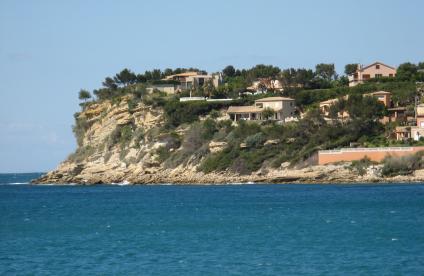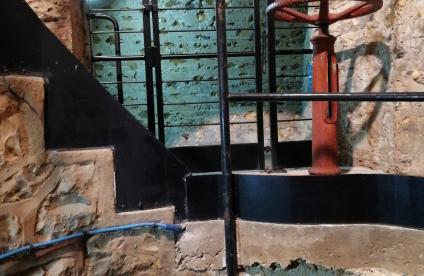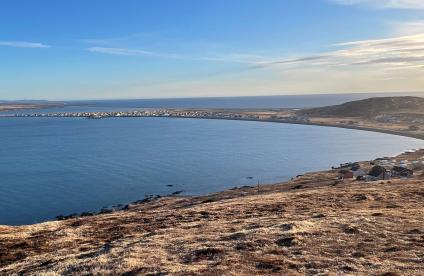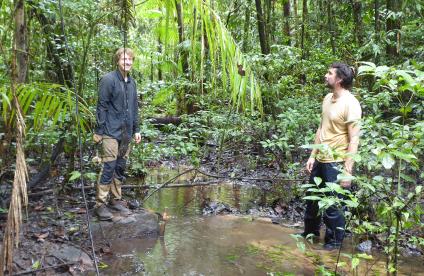
Buildings in Port-au-Prince destroyed during the earthquake that devastated Haiti in January 2010 (2010).
© BRGM - Jean-Marc Mompelat
Several Haitian organisations contributed to the atlas: the Mining and Energy Office (BME), the National Geospatial Information Centre (CNIGS), the National Meteorology Centre (CNM), the National Laboratory for Construction and Civil Engineering (LNBTP) and the Haiti Maritime and Navigation Service (SEMANAH).
A reference atlas designed for non-specialists
With its clear educational and visual content, this atlas is intended as a reference document for a broad readership, including spatial planning policy-makers at the national and local levels.
It is based on a synthesis of studies conducted over more than fifteen years on natural risks in Haiti. The information is organised homogeneously in a way that consistently seeks to avoid specialised technical jargon.
Reference information to support natural risk management
In 102 pages, the atlas presents the numerous types of natural phenomena that affect all or part of Haiti's territory:
- cyclones;
- floods;
- soil erosion;
- ground instability;
- earthquakes;
- tsunamis;
- drought.
The hazards that arise from these phenomena are discussed in separate chapters, with explanations on the nature and effects of each type and a review of the natural disasters that have affected each of the country's ten administrative districts in the past. Hazard maps of the different phenomena are provided to the scale of 1/1 000 000, as well as a synthetic multirisk map of the whole country.
The general information sections are designed to ensure a better understanding of each phenomenon in order to improve their management: description, spatial extent and effects.
The atlas also provides general information on Haiti (geography and geodynamics, population and land use, economy, climate change impacts, etc.) and ongoing activities and studies as well as recommendations on natural risk prevention.







